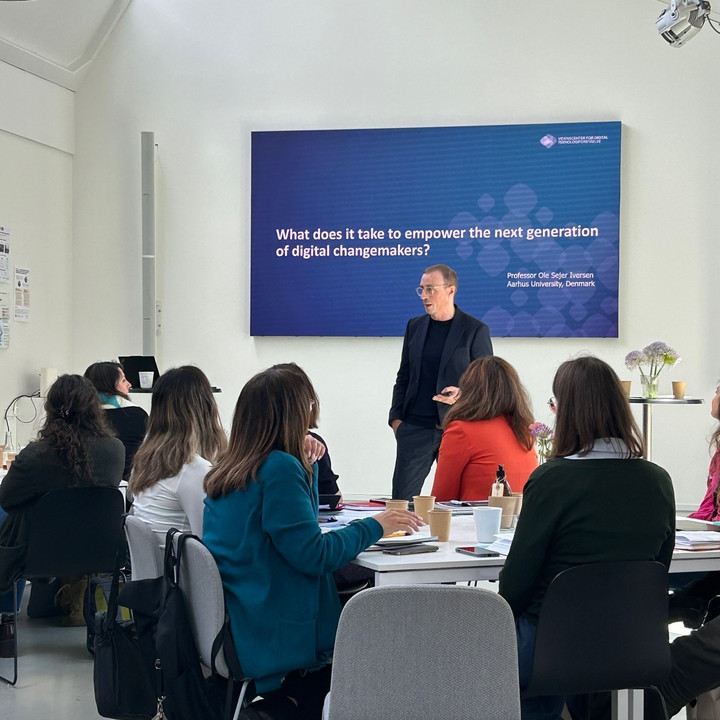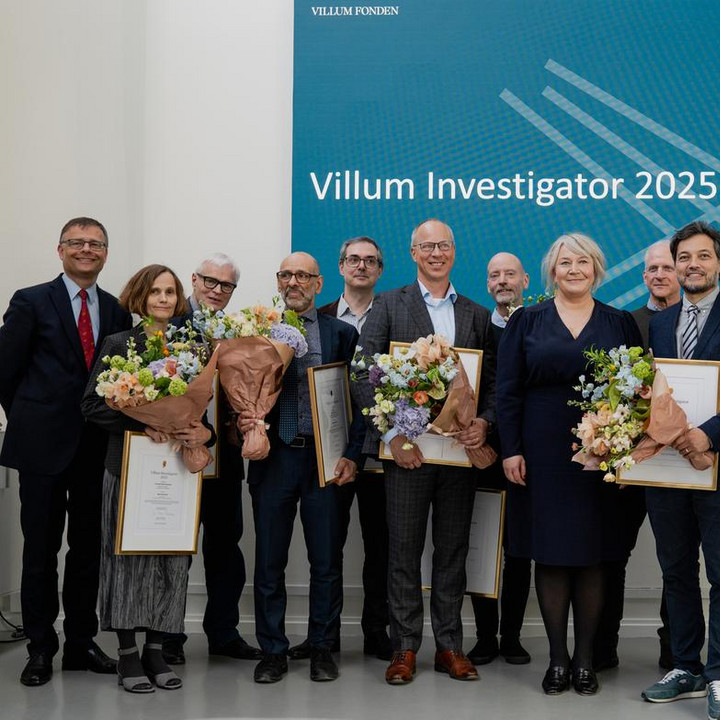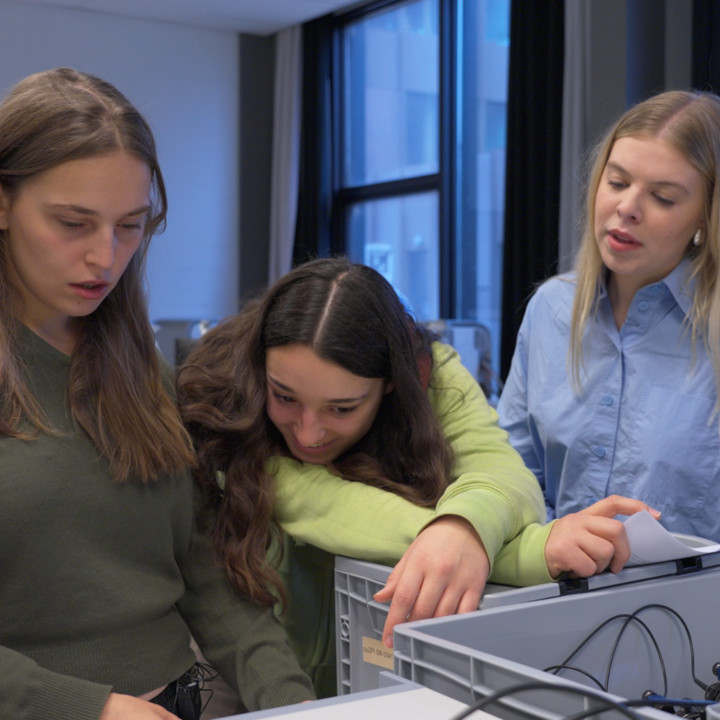Students Design Intelligent Dollhouses
At Ikast Østre School in Ikast, students in an 8th-grade class were given the following assignment by their teacher: design and furnish a small dollhouse and create automatic lighting and heating in the house with sensors, which you will have to code yourselves.
The idea that students would build their own intelligent dollhouses had been in the works for a long time by Christian Lauridsen and his colleague at Ikast Østre School. Their dream was to create a teaching program for their 8th-grade class about intelligent homes. With a grant from the Villum Foundation's GRO pool, Christian Lauridsen and his colleague were able to bring the project to life. They received funding to purchase programming kits and sensors, as well as to get advice from the Center for Educational Resources on how the program could be structured.
Christian Lauridsen shares the students' experience of the project: "It has been a huge 'aha' moment to see the students work with the program. The teaching program was only planned to last for four weeks, but when it ended, the students didn’t want to stop, and they wished to continue working on the houses."
This was something Christian Lauridsen and his colleague had never experienced before when they had previously taught coding. Based on the students' enthusiasm, Christian Lauridsen and his colleague decided to extend the program to two months.
According to Christian Lauridsen, the reason for the project’s popularity was that all the students could easily see themselves in the program: "We saw students, who we would describe as weak in math, suddenly take the lead and show academic skills that, honestly, we hadn't seen in everyday classes." This gave Christian Lauridsen and his colleague something to reflect on.
At Ikast Østre School, they work with project-based learning, where the regular schedule is cleared, and teachers collaborate across subjects. Christian and his colleague plan to integrate the insights gained from this program into future classes. At the same time, they also plan to use the teaching program for other classes.
- The pool supports inspiring teaching in science and technology.
- The pool supports teachers' own ideas on how to make teaching even better.
- The teaching program must apply to a class or a grade level.
- The pool has a simple application process, and the documentation requirements are minimal.
- You can apply for a grant between 25,000 and 100,000 DKK.
- In 2024, 8 million DKK will be distributed, and in 2025, the Villum Foundation expects to distribute 5 million DKK.
- The pool is aimed at those who want to quickly implement their idea, so applications can be submitted on a rolling basis.
Learn more about the GRO fund and apply here:



